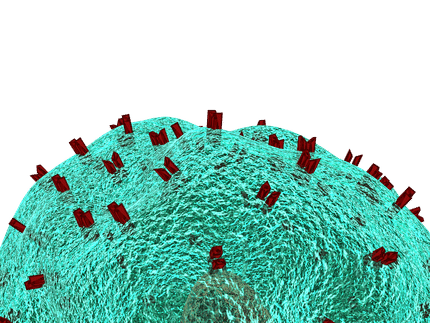MIT: New tissue scaffold regrows cartilage and bone
Work could help heal sports injuries, arthritis
Advertisement
MIT engineers and colleagues have built a new tissue scaffold that can stimulate bone and cartilage growth when transplanted into the knees and other joints. The scaffold could offer a potential new treatment for sports injuries and other cartilage damage, such as arthritis, says Lorna Gibson, the Matoula S. Salapatas Professor of Materials Science and Engineering and co-leader of the research team with Professor William Bonfield of Cambridge University.
"If someone had a damaged region in the cartilage, you could remove the cartilage and the bone below it and put our scaffold in the hole," said Gibson. The researchers describe their scaffold in a recent series of articles in the Journal of Biomedical Materials Research.
The technology has been licensed to Orthomimetics, a British company launched by one of Gibson's collaborators, Andrew Lynn of Cambridge University. The company recently started clinical trials in Europe.
The scaffold has two layers, one that mimics bone and one that mimics cartilage. When implanted into a joint, the scaffold can stimulate mesenchymal stem cells in the bone marrow to produce new bone and cartilage. The technology is currently limited to small defects, using scaffolds roughly 8 mm in diameter. The researchers demonstrated the scaffold's effectiveness in a 16-week study involving goats. In that study, the scaffold successfully stimulated bone and cartilage growth after being implanted in the goats' knees.
The project, a collaboration enabled by the Cambridge-MIT Institute, began when the team decided to build a scaffold for bone growth. They started with an existing method to produce a skin scaffold, made of collagen (from bovine tendon) and glycosaminoglycan, a long polysaccharide chain. To mimic the structure of bone, they developed a technique to mineralize the collagen scaffold by adding sources of calcium and phosphate.
Once that was done, the team decided to try to create a two-layer scaffold to regenerate both bone and cartilage (known as an osteochondral scaffold). Their method produces two layers with a gradual transition between the bone and cartilage layers.



























































